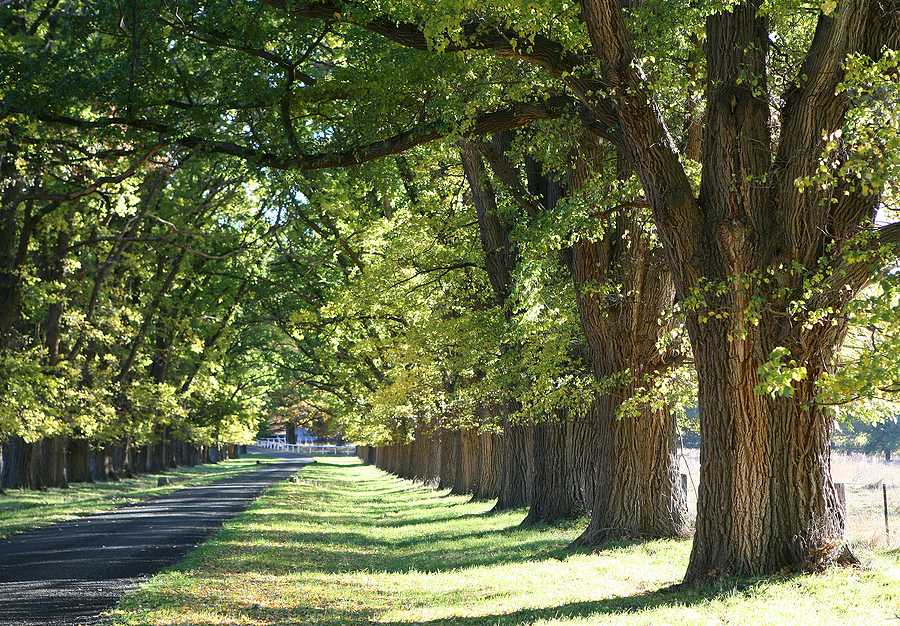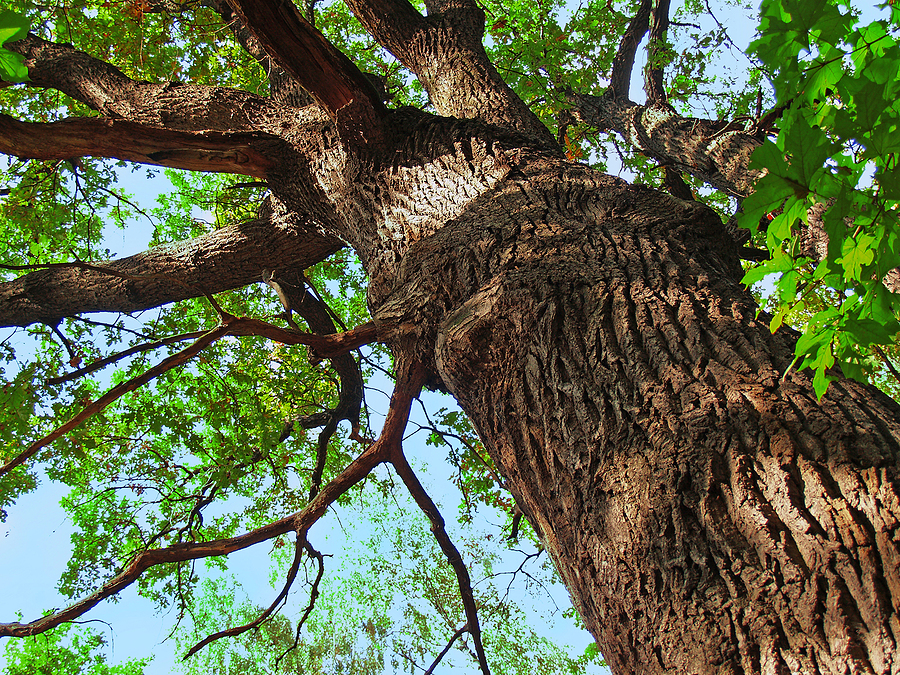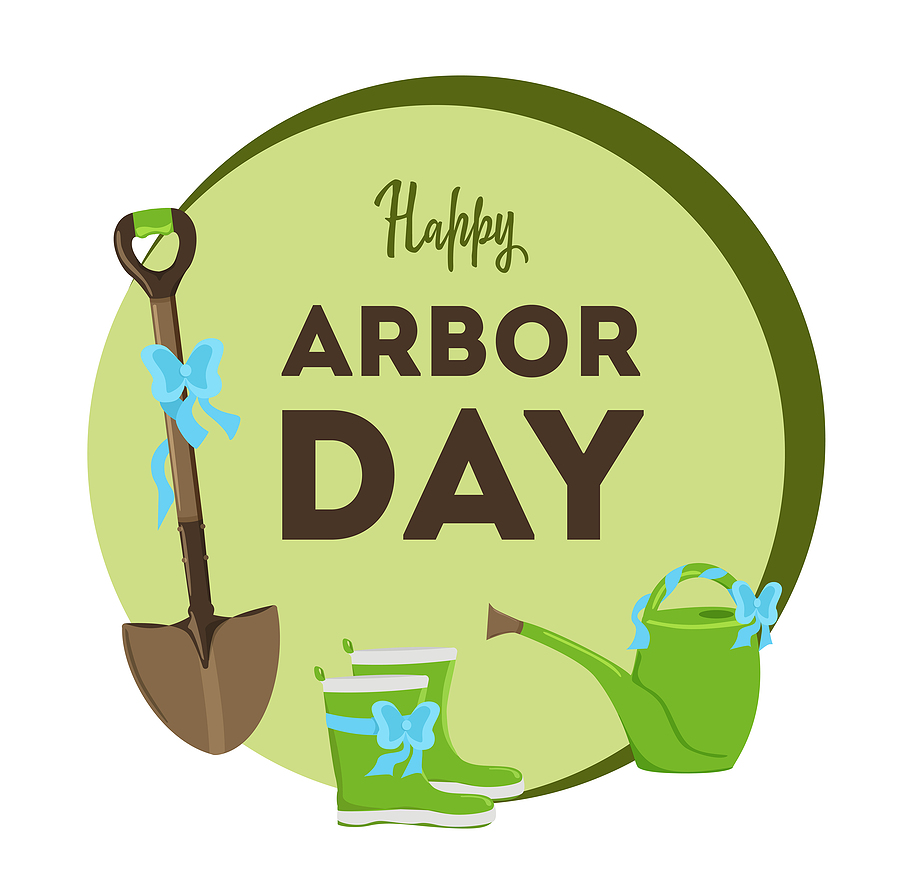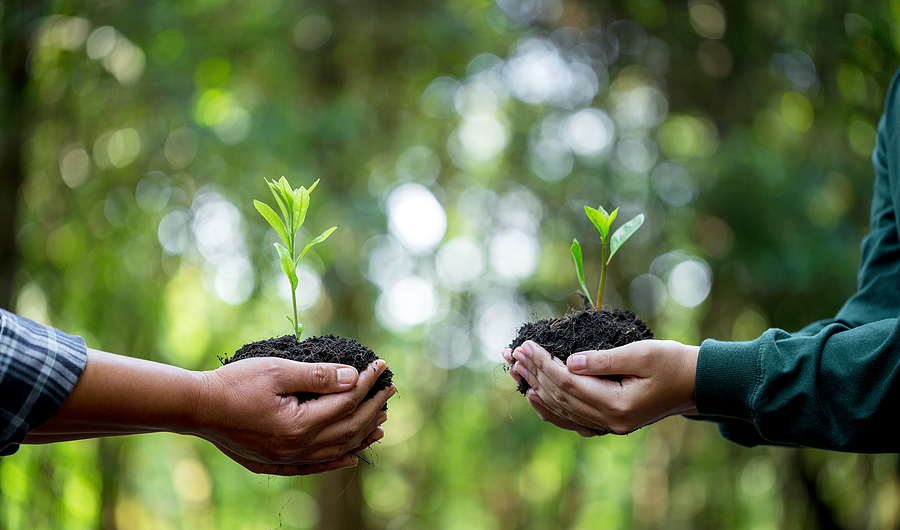Standing beneath the canopy of a majestic oak or watching maple leaves dance in the autumn breeze, you might wonder: how long will these beautiful trees grace Indiana’s landscape? Understanding tree lifespan isn’t just fascinating trivia—it’s essential knowledge for homeowners planning their landscapes and anyone who cares about preserving Indiana’s natural heritage.
Trees are living investments that can outlast generations, but their longevity depends on numerous factors. Some species can thrive for centuries, while others have shorter but equally valuable lifespans. Whether you’re considering planting a tree in your yard or simply curious about the giants in your neighborhood, knowing what to expect from different species helps you make informed decisions about tree care and conservation.
Indiana’s diverse climate and soil conditions support an impressive variety of native tree species, each with its own unique characteristics and lifespan potential. From the legendary strength of oak trees to the sweet rewards of maple syrup production, these trees have shaped both the natural landscape and human history in the Hoosier State.
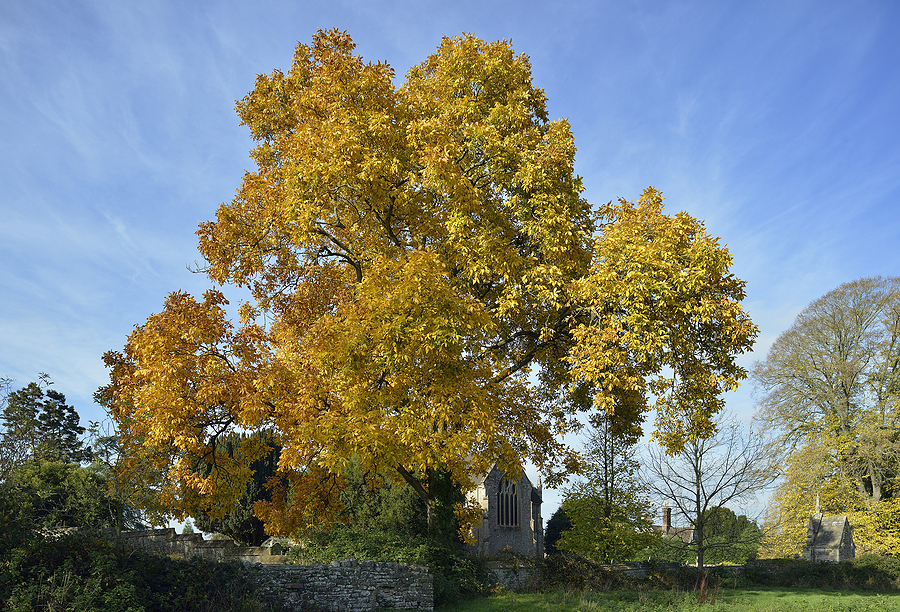
What Determines How Long Trees Live?
Tree lifespan isn’t predetermined by species alone. Environmental conditions play a crucial role in determining whether a tree reaches its full potential or faces an early decline. Understanding these factors helps you provide better care for trees and set realistic expectations for their longevity.
Environmental stress significantly impacts tree health and lifespan. Urban trees in Indianapolis face a particularly challenging environment, with limited root space, soil compaction, and air pollution reducing their average lifespan compared to their rural counterparts. Poor soil drainage, extreme weather events, and competition from other plants can all shorten a tree’s life.
Disease and pest pressure pose constant threats to tree populations. The devastating impact of the Emerald Ash Borer on Indiana’s ash trees demonstrates how quickly invasive species can threaten entire tree populations. Fungal diseases, bacterial infections, and other pests can weaken trees and make them susceptible to other stresses.
Human activities also influence tree longevity. Construction damage to root systems, improper pruning, lawn mower injuries, and chemical exposure from fertilizers or herbicides can all reduce a tree’s lifespan. However, proper tree care through routine tree maintenance can significantly extend a tree’s life and health.
Lifespans of Indiana’s Most Common Tree Species
Oak Trees: The Long-Living Giants
Oak trees represent some of the longest living tree species in Indiana, with lifespans that can span centuries. White Oak trees average an impressive 200-300 years, making them true witnesses to history. The legendary “Indiana Charter Oak,” a massive white oak, served as a symbol of strength and resilience for early settlers and demonstrates the species’ remarkable longevity.
Red Oak trees, while slightly shorter-lived than their white counterparts, still achieve impressive lifespans of 150-200 years. Both species benefit from Indiana’s climate and soil conditions, though proper tree care can help them reach their maximum potential. These trees grow slowly but steadily, developing the strong wood and deep root systems that contribute to their exceptional longevity.
Maple Trees: Sweet Rewards and Steady Growth
Maple trees offer both beauty and utility to Indiana landscapes, with lifespans varying by species. Sugar Maple trees can live up to 200 years, making them excellent long-term investments for property owners. Some maple trees in Indiana have been tapped for syrup production for over a century, showcasing both their longevity and ongoing value to human communities.
Silver Maple trees have a somewhat shorter lifespan of around 100-150 years, but they compensate with faster growth rates. These trees adapt well to various soil conditions and provide excellent shade coverage relatively quickly. Proper routine tree care helps maximize their lifespan and prevents common issues like weak branch structure.
Contact Us for Dead Tree Removal Service 🙑
Hickory Trees: Tough as Their Wood
Shagbark Hickory trees can live an remarkable 200-300 years, earning their reputation as some of Indiana’s most durable native species. These trees are known for their incredibly tough wood, which has been used in everything from tool handles to baseball bats throughout American history.
The longevity of hickory trees stems from their robust nature and adaptation to Indiana’s climate. They’re relatively resistant to many common diseases and pests, though they benefit from professional tree service when issues do arise. Their distinctive shaggy bark and valuable nuts make them excellent choices for wildlife habitat and long-term landscape planning.
Ash Trees: A Conservation Story
White Ash trees typically lived 80-120 years before the arrival of the Emerald Ash Borer (EAB), an invasive pest that has devastated ash populations across Indiana. Native ash trees are now critically endangered, highlighting the importance of conservation efforts and the vulnerability of even well-established tree populations.
This situation demonstrates how quickly external threats can impact tree health and lifespan. Trees that once lived for over a century now face severe challenges, emphasizing the need for proactive tree care and pest management strategies.
The Value of Planting Native Indiana Trees
Choosing native tree species provides numerous advantages for both individual property owners and the broader ecosystem. Native Indiana trees have evolved to thrive in local soil and climate conditions, typically requiring less maintenance and showing greater resistance to local pests and diseases.
Economic benefits make native trees attractive investments. Healthy trees can increase property value by up to 15%, providing substantial returns over their lifetime (Arbor Day Foundation, 2023). Nature trees also reduce energy costs by providing shade in summer and wind protection in winter.
Environmental advantages extend far beyond individual properties. Native trees support local wildlife populations, improve air quality, and help manage stormwater runoff. They require fewer chemical inputs and less irrigation than non-native species, making them environmentally responsible choices.
Protecting Indiana’s Tree Heritage
Conservation efforts play a crucial role in maintaining healthy tree populations for future generations. Professional tree service providers help identify potential problems early, extending tree lifespans through proper care and maintenance strategies.
Routine tree maintenance includes regular inspections, appropriate pruning, soil management, and pest monitoring. These practices help trees reach their full lifespan potential and maintain their health throughout their lives. Early intervention can often prevent minor issues from becoming major problems that threaten tree survival.
Community involvement strengthens conservation efforts. Supporting local tree planting initiatives, choosing native species for landscaping projects, and properly caring for existing trees all contribute to maintaining Indiana’s diverse tree populations.
Final Thoughts
Understanding tree lifespans helps you make informed decisions about landscaping and environmental stewardship. Whether you’re planning a new landscape or caring for existing trees, this knowledge guides you toward choices that benefit both your property and Indiana’s natural heritage.
The trees you plant today may outlive you by generations, providing shade, beauty, and environmental benefits for decades or even centuries to come. Consider planting a native tree to contribute to the beauty and health of Indiana’s landscape—your choice today becomes part of the state’s living legacy.
Ready to ensure your trees reach their full lifespan potential? Schedule a free consultation for expert tree service today and discover how proper care can maximize the longevity and value of your trees.
Related Post: Caring for Old Trees: A Complete Guide for Hoosiers

